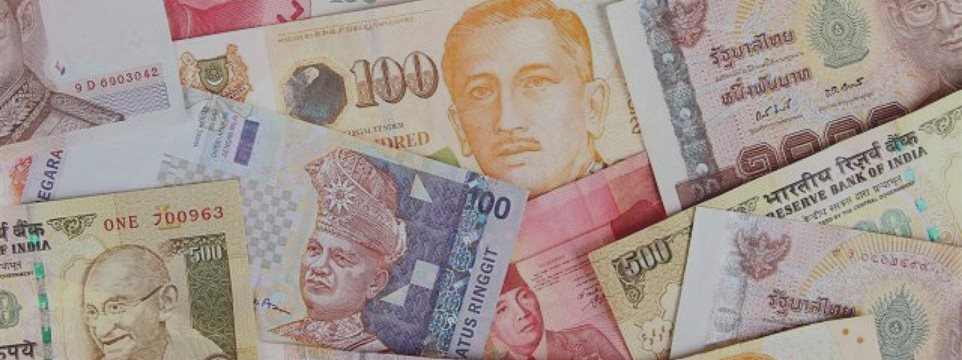On Thursday Kazakhstan has shocked global markets - its national currency was plunge on 23 percent. Kazakhstan abandoned control of tenge rate. Vietnam also devalued the dong, while freely traded currencies (the South African rand and Turkey’s lira) extended losses.
The trigger for the wave of depreciations was China’s decision to weaken the yuan on Aug. 11. That added to the woes of emerging markets already reeling from a looming increase in U.S. interest rates and weakness in oil prices.
There are some currencies that are among those most at risk from this conflux of global developments:
- Saudi Arabia’s riyal. Saudi Arabia has about $672 billion in foreign reserves, but speculators are betting on a break of the currency regime as crude oil tumbled to a seven-year low.
- Turkmenistan’s manat. This nation with close economic ties to Russia devalued its currency by 19 percent in January. Analysts from SEB AB wait for further weakening a 20 percent in the next six months.
- Tajikistan’s somoni. The country has close ties with Kazakhstan and so SEB expects a depreciation of 10 to 20 percent.
- Armenia’s dram. The currency has lost 15 percent in the past year, compared with a 46 percent drop in the ruble. A quarter of the country’s trade is with Russia.
- Kyrgyzstan’s som. The weaker tenge will put pressure the som because of this country’s ties to Kazakhstan.
- Egypt’s pound. Traders are betting the pound will weaken about 22 percent in a year.
- Turkey’s lira. It’s one of the world’s worst-performing currencies since China’s devaluation on Aug. 11. An escalation in political violence and the probability of early elections compound the issues.
- Nigeria’s naira. The currency will fall more than 20 percent against the dollar over the next year, traders think.
- Ghana’s cedi. Ghana is also an oil exporter, but its main problems are mainly fiscal imbalances, rising inflation and increasing debt.
- Zambia’s kwacha. The country is heavily exposed to China as copper accounts for about 70 percent of exports.
- Malaysia’s ringgit. The currency slid to a 17-year low on Thursday and foreign-exchange reserves fell below the $100 billion mark for the first time since 2010.



